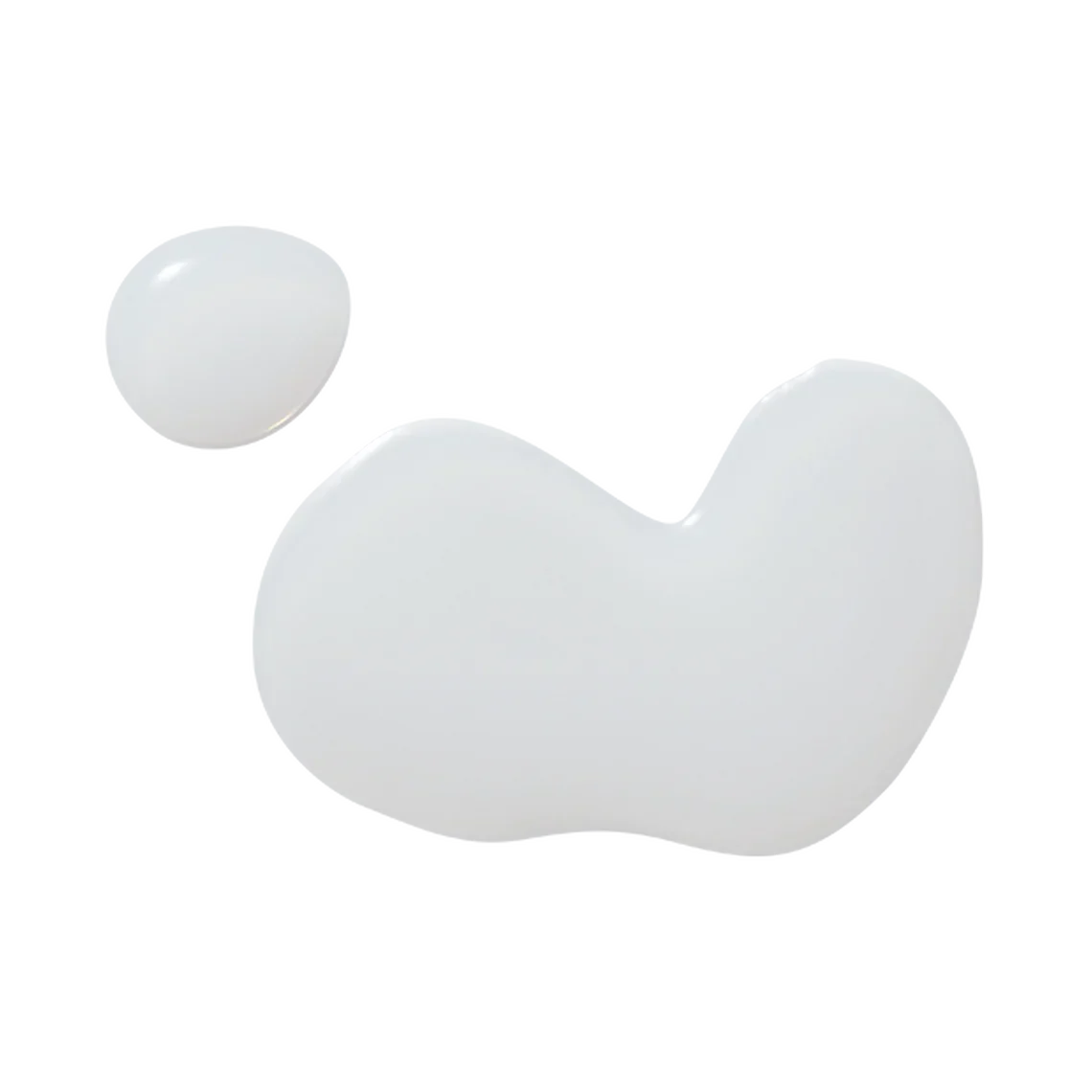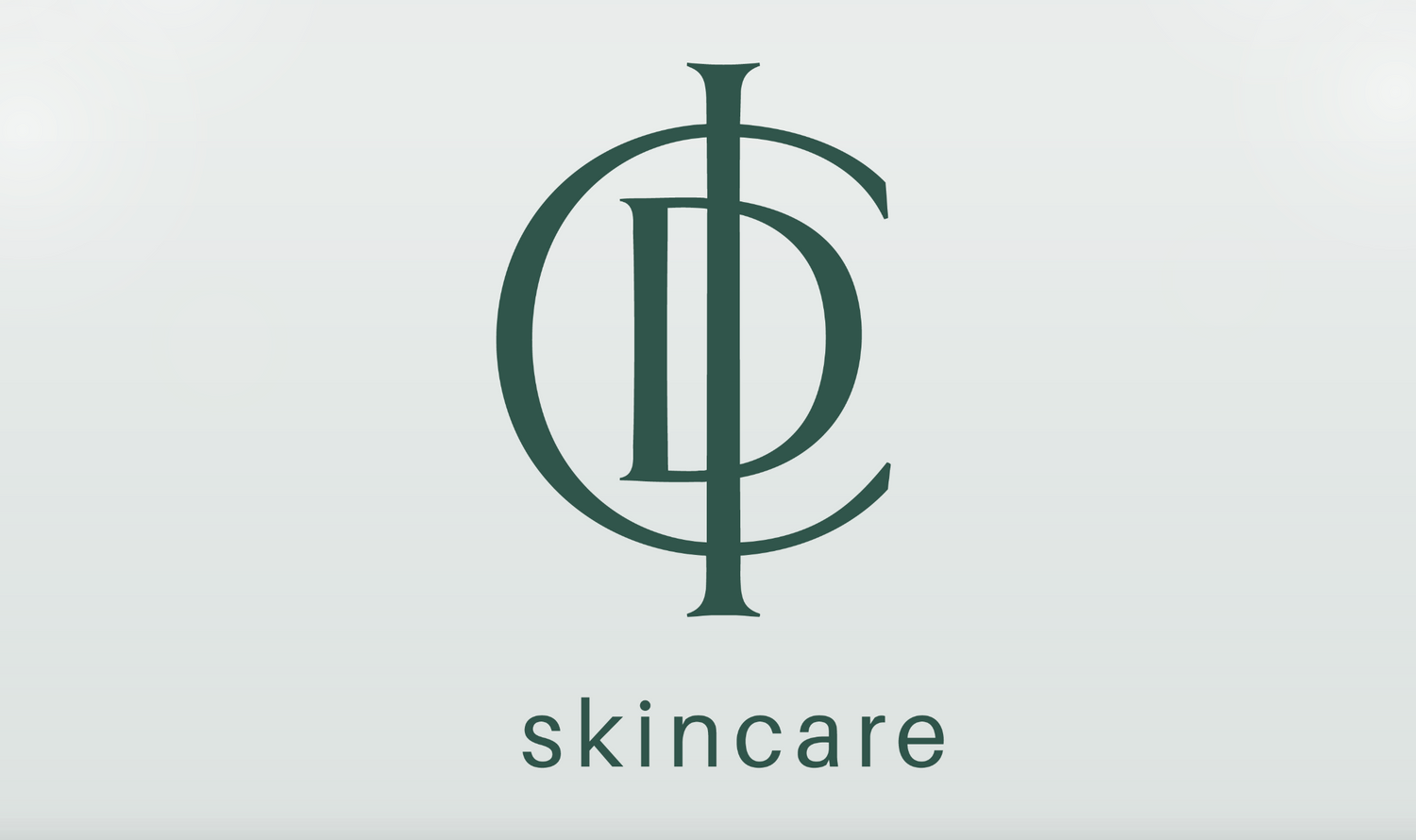The world of skincare is filled with buzzwords, and "brightening" is undoubtedly one of them. But what does it truly mean? Does it involve bleaching your skin? And how does it differ from "lightening" or "whitening"? Let's demystify these terms and explore how to effectively address hyperpigmentation, all while highlighting the role of Incellderm's targeted products.
The Confusion: Brightening, Lightening, and Whitening
One of the primary sources of confusion lies in the interchangeable use of the terms "brightening," "lightening," and "whitening." While they all relate to skin tone, they represent distinct processes.
Skin Brightening: Enhancing Natural Radiance
Skin brightening is the process of enhancing the radiance and clarity of your skin without altering its natural color. It's about bringing out your skin's inherent glow. Brightening products work by:
- Improving Skin Texture and Tone: They refine the skin's surface, making it smoother and more even.
- Accelerating Skin Cell Turnover: This allows old, dull skin cells to shed, revealing fresh, brighter cells underneath.
- Hydrating the Skin: Hydrated skin reflects light more effectively, contributing to a luminous appearance.
- Exfoliation: Chemical or mechanical exfoliants are used to slough off dead skin cells.
Essentially, brightening focuses on improving the overall health and vitality of your skin, resulting in a more radiant complexion.
Skin Lightening: Targeting Hyperpigmentation
Skin lightening, on the other hand, targets specific areas of discoloration, such as hyperpigmentation caused by acne scarring, hormonal imbalances, or sun damage. It aims to diminish the appearance of these dark spots by:
- Inhibiting Melanin Production: Melanin is the pigment that gives skin its color. Overproduction of melanin in certain areas leads to hyperpigmentation.
- Removing Melanin: Some lightening ingredients work by breaking down existing melanin.
- Limiting Melanin Overproduction: Lightening products limit the overproduction of melanin by targeting the enzymes that catalyze this reaction.
Lightening focuses on addressing the root cause of hyperpigmentation, resulting in a more even and balanced skin tone.
Skin Whitening (Bleaching): A Potentially Harmful Approach
Skin whitening, often referred to as bleaching, involves completely blocking melanin production. This is typically achieved using harsh or potentially harmful ingredients. It's crucial to understand that:
- Whiteners Can Be Harmful: Many whiteners contain ingredients that can irritate or damage the skin.
- Complete Melanin Blockage is Unnatural: Melanin plays a vital role in protecting the skin from UV damage.
- Research is Crucial: If you're considering using a whitening product, thorough research is essential to ensure its safety.
Essentially, skin whiteners stop melanin production completely, whether it is natural production or overproduction, and this is not a recommended approach for healthy skin.
The Key Takeaway: Brightening and Lightening Are Not Bleaching
It's crucial to emphasize that brightening and lightening products do not bleach your skin. They work by enhancing your natural radiance or targeting specific areas of discoloration, not by completely stripping your skin of its pigment.
Understanding Hyperpigmentation: Causes and Solutions
Hyperpigmentation, the darkening of certain areas of the skin, can be caused by various factors, including:
- Acne Scarring: Post-inflammatory hyperpigmentation (PIH) is a common result of acne breakouts.
- General Inflammation: Any form of skin inflammation can trigger melanin production.
- Hormonal Imbalances: Melasma, a type of hyperpigmentation, is often linked to hormonal fluctuations.
- UV Damage: Sun exposure is a major contributor to hyperpigmentation.
Effective Ingredients and Strategies for Addressing Hyperpigmentation
To effectively address hyperpigmentation, consider incorporating the following ingredients and strategies into your skincare routine:
- Exfoliants: Regular exfoliation, whether with salt scrubs, sugar scrubs, enzyme scrubs, or chemical exfoliants, helps to remove dead skin cells and promote cell turnover.
- Vitamin C: A potent antioxidant that helps to brighten the skin and inhibit melanin production.
- Azelaic Acid: A gentle acid that helps to even out skin tone and reduce inflammation.
- Ferulic Acid: Another powerful antioxidant that enhances the efficacy of other antioxidants, such as Vitamin C.
- Niacinamide: An antioxidant that helps to reduce inflammation and minimize the appearance of dark spots.
- BYoungPool: An antioxidant that helps to decrease oxidized species in the skin to decrease melanin overproduction.
- Ingredients that Target Melanin Production: Look for ingredients that penetrate deep into the skin to address melanin production at its source.
Incellderm's Approach to Brightening and Lightening
Incellderm offers a range of products that can help to brighten and lighten the skin, focusing on gentle yet effective formulations.
-
Radiansome™ 100 Line: This line is specifically designed to target hyperpigmentation. It utilizes nanoliposomal delivery, which allows active ingredients to penetrate deep into the skin and reach melanocytes. The Vita-Complex, a blend of five radiance-boosting vitamins including Vitamin C and Niacinamide, and the exclusive RK-Snowflake ingredient, a powerful antioxidant that reduces melanin overproduction, work synergistically to brighten and even out skin tone.
-
EX Line: This line is suitable for sensitive skin and provides a more general brightening effect. It also contains ascorbic acid (Vitamin C) and niacinamide, along with Giant BYoungPool, which has demonstrated efficacy in reducing hyperpigmentation.
-
Exfoliation: While Incellderm focuses on gentle formulations, incorporating a gentle exfoliant into your routine such as our Active Clean-Up Powder that uses enzymes to exfoliate, can further enhance brightening results.
-
Hydration: Incellderm's hydrating products, such as the Active Cream EX, contribute to a brighter complexion by improving skin texture and reflecting light more effectively.
Building a Brightening and Lightening Routine
To maximize the benefits of brightening and lightening products, consider the following routine:
- Cleanse: Use a gentle cleanser to remove impurities without stripping the skin.
- Exfoliate (2-3 times per week): Choose a gentle exfoliant that suits your skin type.
- Apply a Brightening/Lightening Serum: Focus on areas of hyperpigmentation.
- Moisturize: Hydrate the skin to enhance its radiance.
- Sun Protection (Daytime): Sunscreen is crucial for preventing further hyperpigmentation.
Conclusion: Achieving a Radiant and Even Complexion
Understanding the difference between brightening, lightening, and whitening is crucial for making informed skincare choices. Brightening and lightening are safe and effective ways to enhance your skin's radiance and address hyperpigmentation, while whitening should be approached with caution due to the potential for harmful ingredients. By incorporating effective ingredients and strategies, and utilizing targeted products like those offered by Incellderm, you can achieve a brighter, more even, and radiant complexion. Remember that consistency and patience are key to achieving long-term results.





